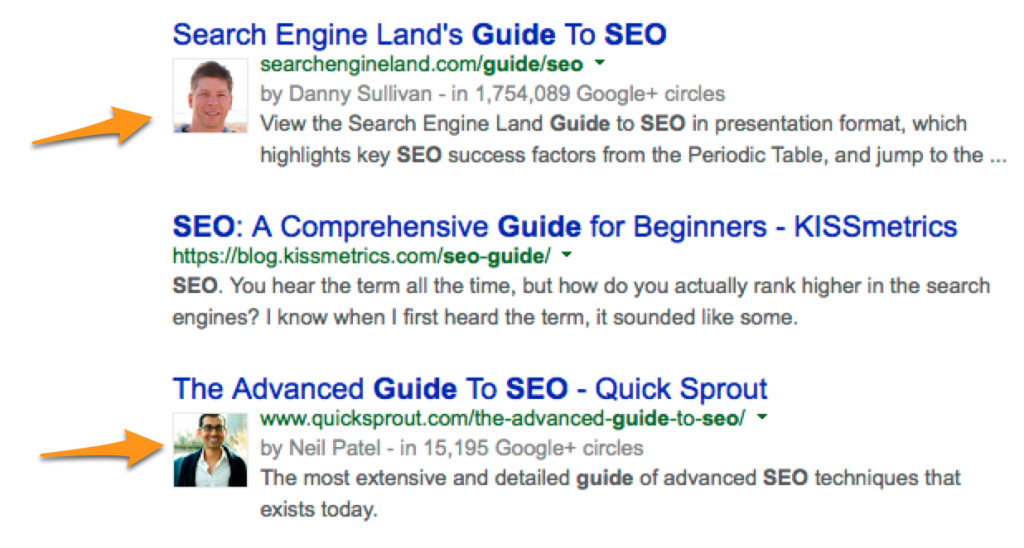
How to Begin to Develop Your Business’s Social Presence
by Rebecca Bleznak June 5th, 2014
We’ve established that there are at least three ways in which social media can boost your website’s traffic. But what if you’re a new business, or new to utilizing social media as a marketing tool? A tree has fallen in the forest – and no one is around to hear it – we wonder if it made a sound. Similarly, if you send your content out to the internet, and no one sees it, did it really help your business at all?
In a recent article from Marketing Land, Eric Enge addressed three different ways in which you can go about creating and sharing content for your business, based on what your situation is. The third scenario, titled Social Media Concentration, is aimed at small businesses that can’t afford to spend a lot of time or resources on a social media strategist and extensive content creation. We’re going to continue the discussion, and help you figure out how to make this scenario work for you.
1. Choose the right platforms for your business.
Enge writes that you may want to focus your energy on one social media platform. This is certainly a strategy you might take, but consider trying to extend that a bit to putting yourself out there on at least 2 or 3 different social media sites, in order to get the best reach possible. To do this, you’ll want to determine which sites will work best in order to convey the message of your business. We’ve discussed two of the most popular here:
- Almost everyone is on Facebook today, and your business’s Facebook page can serve almost as a second website, allowing you to post pictures, announcements, and even videos that serve as promotion. You can communicate well with your customers here, either through private messages or comments on your wall. You can share posts from other businesses, who may in turn acknowledge you, or tag another page in order to make them aware of certain information. Additionally, you have paid options to create ads based on the specific type of results you’d like to see them have (clicks to your website, more page likes, etc.), as well as “boost” your posts so that they are made visible to more users.
- Twitter is also becoming increasingly influential. Customer conversation is a bit simpler, and you can utilize hashtags and the explore tab in order to determine who is talking about you, in order to address customer questions or complaints. You can also engage in Twitter chats that are related to your field – if you chime in with interesting information, or find a way to direct someone to a post that you’ve written, you’ll be helping someone out, and giving yourself a new potential customer. As with Facebook, there’s a similar promoted post option, where you can pay to target particular demographics with one of your tweets.
2. Branding
Now that you’ve chosen your platforms, you need to set them up. First of all, you need to make sure that you maintain consistent branding across all platforms. These are things that will identify your brand, so they need to be easily recognizable and related to one another as closely as possible. Examples include:
- Profile pictures
- Cover photos
- Logos
- About section
3. Production and Engagement
Everything is finally set-up, so you’re ready to really dig in. Begin by following others in your industry. When you read something you like, don’t just retweet it without a second thought: Add your own opinions, and reply when they ask questions. The benefit of this is twofold: It gets your name out there to others, and allows you to learn from those who are playing the social media game right.
You’ll also have to dive into content creation. You probably want to start small, and remember that staying consistent with your posting schedule is more important that churning out as much content as possible. Write about what you know, write about what interests you, and build upon what others have written. Everyone in your industry is talking about the same things, so by drawing upon your own experiences or attempting to tackle a different angle, you can produce content that is worthwhile and unique.
As Enge describes in his scenario, if you’re interacting with others on a daily basis, sharing their content as well as some of your own, and offering a valuable perspective, this can help build up recognition of your brand. Establish yourself on social media, create awareness by engaging and sharing your own experiences, and you’ll be on your way to bringing in more business.







